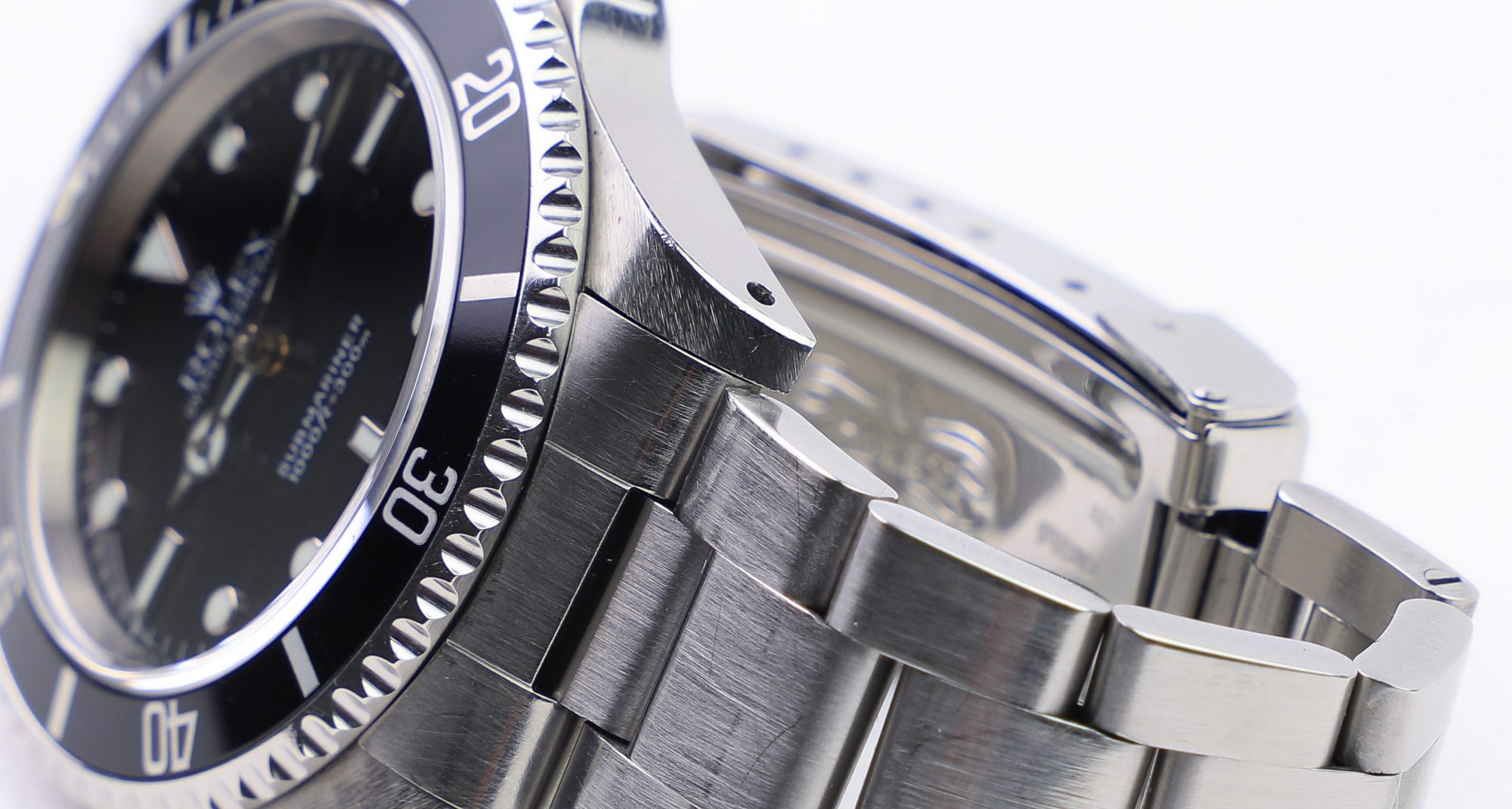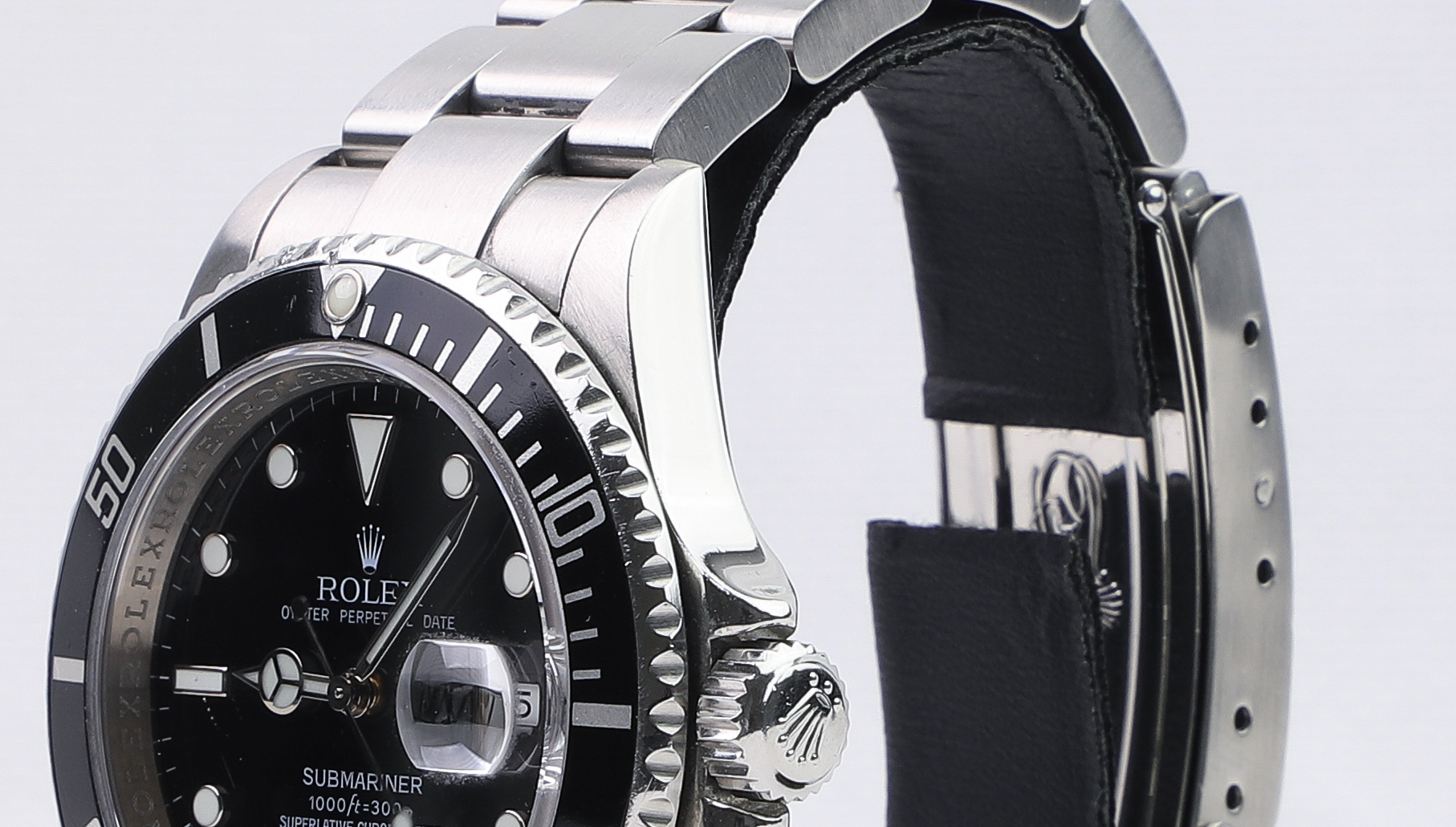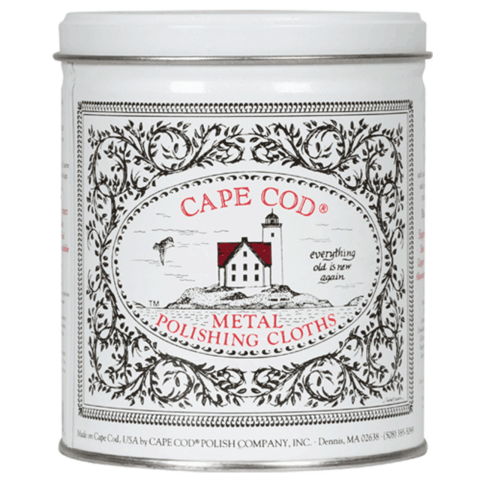
Should you polish your watch?
A commonly debated topic is whether or not you should polish your watch. There are split opinions of if you should polish, and if yes, how you should go about it.
Both sides have valid arguments, so in this post, we will weigh the pros and cons and let you decide whether you want to polish your watch or not.
Should you polish your watch?
Remove material and change the original shape
This is the primary reason you should not polish your watch.
When you polish, you naturally remove layers of the material, in order to make the surface smooth and scratch-free. The issue with this is that the watch loses its original shapes and lines, and is no longer the same as it was when it originally left the factory.
Now, if an experienced and skilled watchmaker polishes your watch, they will restore it to the original condition, without making it look like it has ever been polished. In that case, what is the issue? Well, this is why some people argue that if you are going to have your watch polished, you need to have it polished by an experienced watchmaker.
The catch is that no matter how skilled the watchmaker is, the way a polishing is done is by removing layers of material from the watch.

That is what a polish is, per definition. With that said, this is why a common recommendation is that if you really want to get your watch polished to remove scratches and dents, you can have it polished by an expert. The problem is if you are going to have it polished on a regular basis, for example, every year. Because in this case, the watch will eventually lose its original shape and form, no matter how skilled the watchmaker is.
The big problem is when a person who does not have the required expertise polishes your watch is that not only will the material be removed, but it will be removed in the wrong places, and in an improper way. Firstly, a common mistake is that the incorrect grain size is used for the brushing. Many watches not only have polished elements but also brushed elements.

The respective manufacturer has decided on grain size for the brushing of its different watches. If the brushing gets incorrect brushing due to incorrect grain size, the watch will look strange and incorrect. Not only that, when an inexperienced polisher polishes, but they may also polish in ways and places that remove and damage the original lines of the watch. A common example is the chamfers/bevels on vintage Rolex watches. This is one of the easiest ways to identify if it has been polished a lot, or polished incorrectly. If this is the case, the original bevels will be polished away, thus losing the watch’s original shapes and lines.

Furthermore, sharp lines of the watch also tend to be softened out and rounded, thus damaging the original architecture of the case. And if you know something about watch enthusiasts, then you know that originality is everything.
The case of a watch is the whole core structure of it, and unlike parts, you cannot add the removed metal back to the case. Once it is removed, it cannot be reversed. And this is the reason why the condition of the case is so immensely important for watch enthusiasts. In the vintage watch world, an unpolished example may fetch double the value of a polished example.
In the polish, a bracelet is also polished, But unlike the case, the bracelet can be removed and replaced, and this is why the bracelet itself is not a huge issue that it is polished.

Servicing a watch
Just like a car, a watch needs to be serviced and looked after every once in a while. This means cleaning the movement, lubricating, replacing damaged or worn parts, etc. The ”issue” today is that when you hand your watch in for a service, the polish is almost always part of a ”full service”. This is especially true if you have your watch serviced by the original manufacturer. This is understandable seeing that their goal is to restore the watch to looking brand new.
Many people are not aware of this. You can, however, specify that you do not wish the watch to be polished when sending it in for a service. Just make sure that you are clear in your communication as it is not uncommonly heard that customers have said that they do not want their watch polished, yet still, it is ignored/neglected/forgotten, and it comes back from the service polished.
Therefore, if you are going to have your watch serviced, make sure you explicitly state that you do not want it polished (That is if you don’t want it polished of course).

If you want to polish your watch
Most watch enthusiasts will want to avoid polishing their watch. But at the same time, there are many people who prefer their watch look pristine and in flawless condition. This is often especially true if they’ve spent a lot of money on the watch. And the reasoning makes sense – just like you do not want scratches on your new car, you don’t want scratches on your watch (even though the watch tends to be more exposed).
If you still want your watch polished, you can have it polished by an expert who knows what they are doing. Also, if you can request it, ask them to polish it lightly. The biggest issue is when a watch has deep dents and scratches because the watch needs to be evened out and polished down in order to remove the scratch. If you only polish light scratches and hairlines, it won’t have an equally negative effect on the original case shape as not as much metal is removed in the polish. If you would rather do a light polish yourself, I suggest using Cape cod polishing cloth.
Cape cod polishing cloths
Cape cod polishing cloths are the most popular cloths on the market. The primary reason is of course that they do the job of polishing your watch really well. You can order Cape Cod from Amazon at the link below.







Basically you can actually polish your watch. But you have to send it to a proffesional. There are some company that actually do laser welding to some of the deep dents. And reshape to the exact same shape as the original watch.
You are absolutely right about that! Thanks for your input!
Kind regards,
Millenary Watches